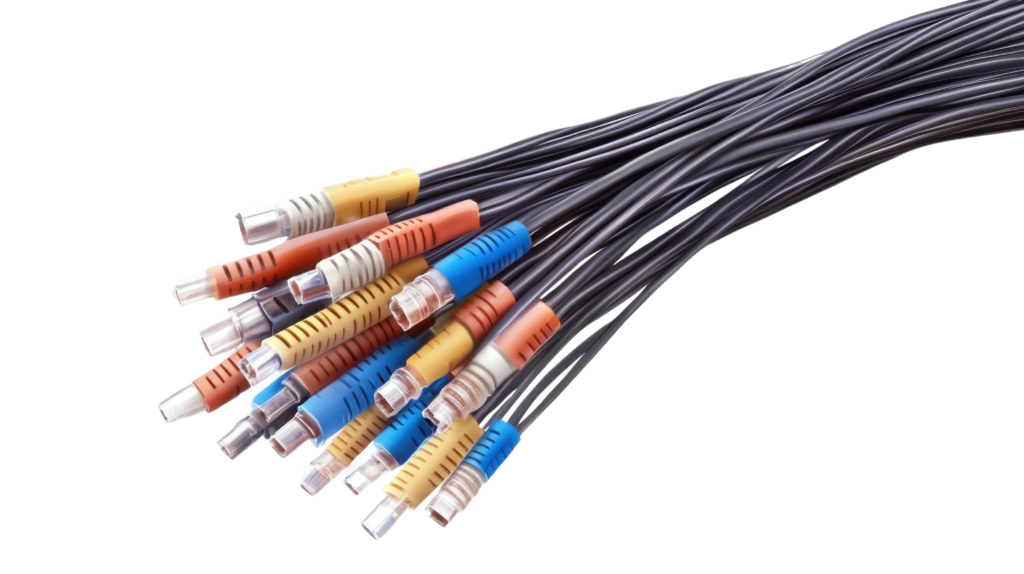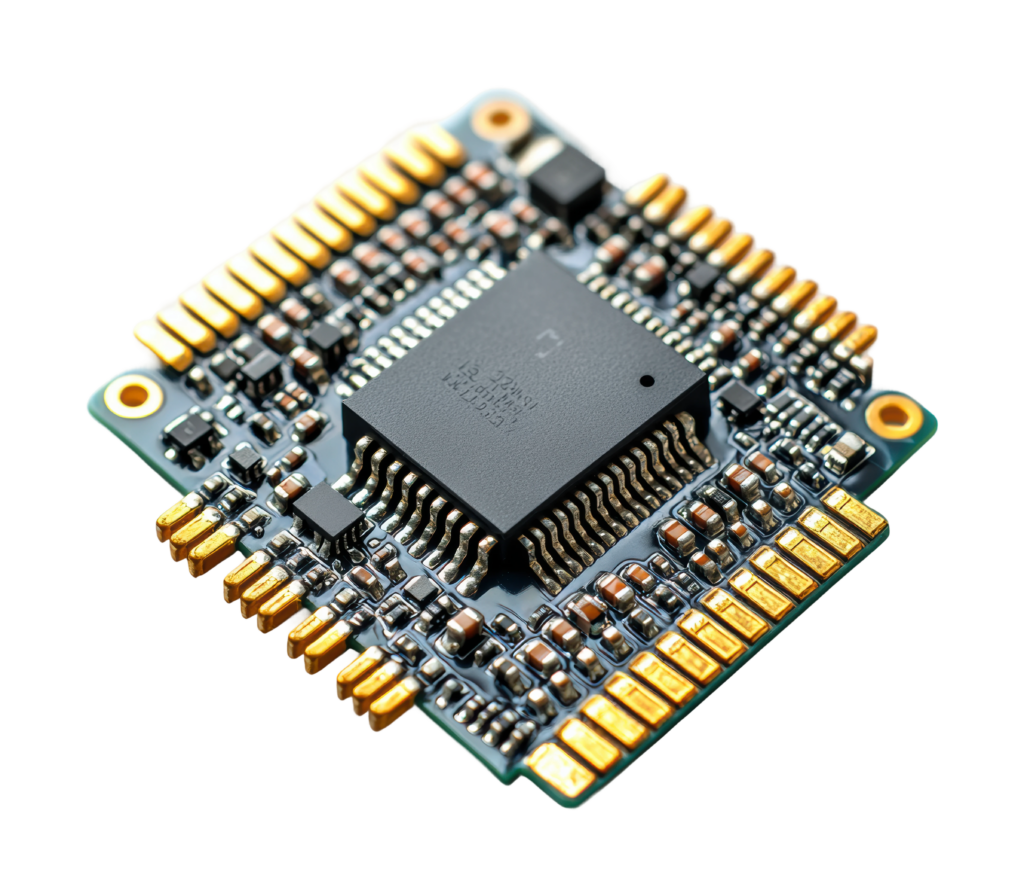Opening Hours: Mon – Fri: 8:00 am – 6:00 pm
Applying for a mobile spectrum license with SMA is a simple process. Follow these steps to get started.

The Radio Technician license is your gateway to an exciting world of communication and technology. As the entry-level license, it offers unparalleled access to all amateur bands above 30 MHz and limited privileges in select high-frequency (HF) bands. This license empowers you to connect with fellow enthusiasts, explore radio technology, and participate in vibrant ham radio activities. Embrace the opportunity to innovate and engage with a community of like-minded individuals.
1.Proof of Identity
2.Complete Radio Technician Course
Learn how to apply for an aeronautical radio license in Jamaica. This guide provides a step-by-step process and outlines the necessary documentation.
Learn how to apply for an aeronautical radio license in Jamaica. This guide provides a step-by-step process and outlines the necessary documentation.


VSAT (Very Small Aperture Terminal) is a satellite communications system that provides internet connectivity and data transmission through a small dish antenna, typically ranging from 0.75 to 3.8 meters in diameter. These terminals are used in various applications, including remote internet access, voice communication, and data networking in areas where traditional infrastructure is unavailable or impractical.
To obtain an VSAT/Earth Station radio license, you need to submit an application to the spectrum management authority and meet the necessary requirements.
Satellite services typically operate across several frequency bands, each with its own characteristics and applications. The main frequency bands used are:
Satellite services offer numerous benefits across various sectors, making them a vital component of global communication and data transmission. Some of the key advantages include:
While satellite internet services are available in Jamaica, there are regulations regarding broadcasting and satellite signal theft, with the Spectrum Management Authority (SMA) responsible for monitoring and enforcing these rule
Get authorized to use the mobile spectrum and expand your services.